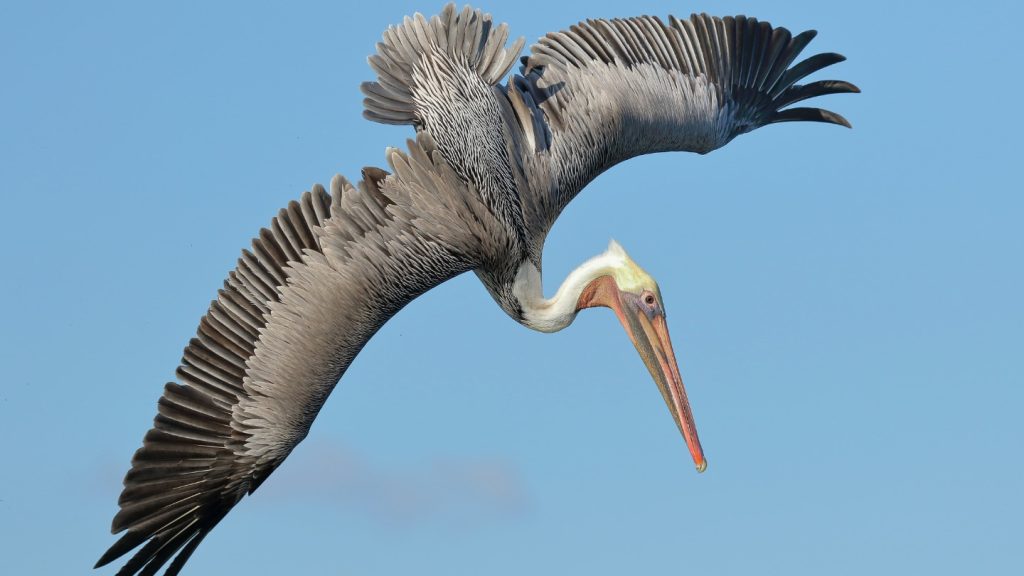A recent study published in Proceedings of the National Academy of Sciences discusses the potential benefits of using covert feather-like flaps on aircraft wings. These lightweight flaps mimic the overlapping rows of feathery tufts found on bird wings and have the potential to increase lift, reduce drag, and prevent stall in aircraft. Researchers found that adding multiple rows of these flaps to airfoils improved lift by up to 45 percent and reduced drag by 31 percent. Additionally, tests using remote-controlled aircraft showed that the flaps increased the angle-of-attack range by 9 percent and improved flight stability.
Compared to traditional components like flaps and spoilers, the covert feather-inspired flaps would deploy passively when the wings meet oncoming airflow at a high angle of attack. This means that the flaps are not controlled by motors or hydraulic actuators and are distributed throughout the wings, providing a more effective aerodynamic improvement. Wind tunnel experiments conducted by the researchers demonstrated that installing flaps near the front of an airfoil helped improve lift and reduce drag by keeping the air flowing around the wing closer to the surface. Installing flaps near the rear of an airfoil also prevented high-pressure air from affecting low-pressure areas necessary for lift production.
The potential benefits of using covert feather-inspired flaps on aircraft wings extend beyond aerodynamic improvements. The increased range of angles of attack could be especially helpful in challenging scenarios such as flying through heavy gusts or during short runway landings. The flaps have the potential to make these maneuvers safer and more manageable. Overall, the study suggests that incorporating bioinspired designs from nature, such as covert feathers found on bird wings, could lead to significant advancements in aviation technology.
The research was conducted by a team of engineers from Princeton University, led by Aimy Wissa. The team attached covert feather-inspired flaps to an airfoil in a wind tunnel to study their impact on airflow. The experiments showed that adding multiple rows of flaps to airfoils improved aerodynamic performance significantly. The passive deployment of these flaps in high angle of attack scenarios eliminates the need for complex control systems, making them a more practical and efficient solution for improving aircraft performance.
The study highlights the importance of biomimicry in engineering and design, where nature-inspired solutions can lead to innovative advancements. By studying the aerodynamics of bird wings and applying the principles to aircraft design, researchers were able to significantly improve lift, reduce drag, prevent stall, and enhance flight stability. These findings could have a significant impact on the future of aviation technology, with the potential to improve safety, efficiency, and performance of aircraft systems. Further research and development in this area could lead to new designs and technologies that revolutionize the aerospace industry.


